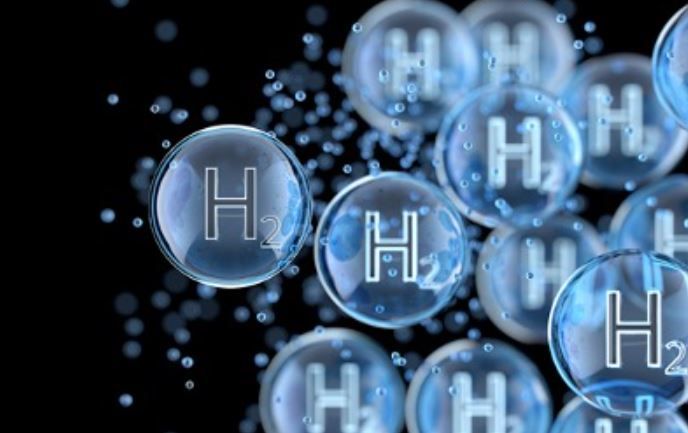In March, Houesung Lee, the Intergovernmental Panel on Climate Change (IPCC) president, urgently called for effective and equitable climate action to combat the planet’s climate crisis. This plea set the stage for a global quest to find sustainable alternatives, with green hydrogen emerging as a potential game-changer for achieving decarbonization and defossilization goals.
Eager to lead in this pursuit, Chile unveiled its “National Green Hydrogen Strategy” in November 2020, aiming to produce the world’s lowest-cost hydrogen by 2030. President Gabriel Boric, now at the helm, continues this push with the “Action Plan for Green Hydrogen,” currently in the Public Consultation phase, projecting to be one of the most competitive green hydrogen producers globally by 2030.
However, as Chile positions itself as a key player in the green hydrogen arena, concerns and risks in environmental matters come into focus. A recent seminar organized by Greenpeace gathered experts to discuss potential threats, emphasizing the need for careful consideration amidst the pressure to meet market expectations and international production goals.
Estefanía González, deputy director of Greenpeace Chile, warns against hastily approving invasive mega-projects, sacrificing environmental care for the sake of meeting demand. Katta Alonso, from Women in Slaughter Zones of Puchuncaví, highlights the risks associated with green hydrogen, including its flammability, explosiveness, and high water consumption, particularly in areas already facing water scarcity.
Beatriz Bustos, a Ph.D. in Geography and professor at the University of Chile, points out the involvement of major energy companies in the green hydrogen shift, emphasizing the importance of debates to define the country’s stance on this transformation.
An extensive process involving electrolysis and renewable energy sources is required to produce green hydrogen. However, González notes the potential territorial disruptions and biodiversity alterations, raising questions about the sustainable development of the industry.
Concerns extend to regions like Magallanes, where projects aim to exploit the territory for hydrogen production without clear plans for local supply. Felipe Pino, FIMA Project Area Coordinator, stresses the need for ecological territorial planning, an aspect currently lacking in Chile’s green hydrogen agenda.
Diego Lillo, a lawyer from the Inter-American Association for the Defense of the Environment (AIDA), expresses worries about replicating extractive models, potentially leading to sacrifice zones. The ongoing debate must consider the effects on living in territories dedicated to industrial green hydrogen production.
